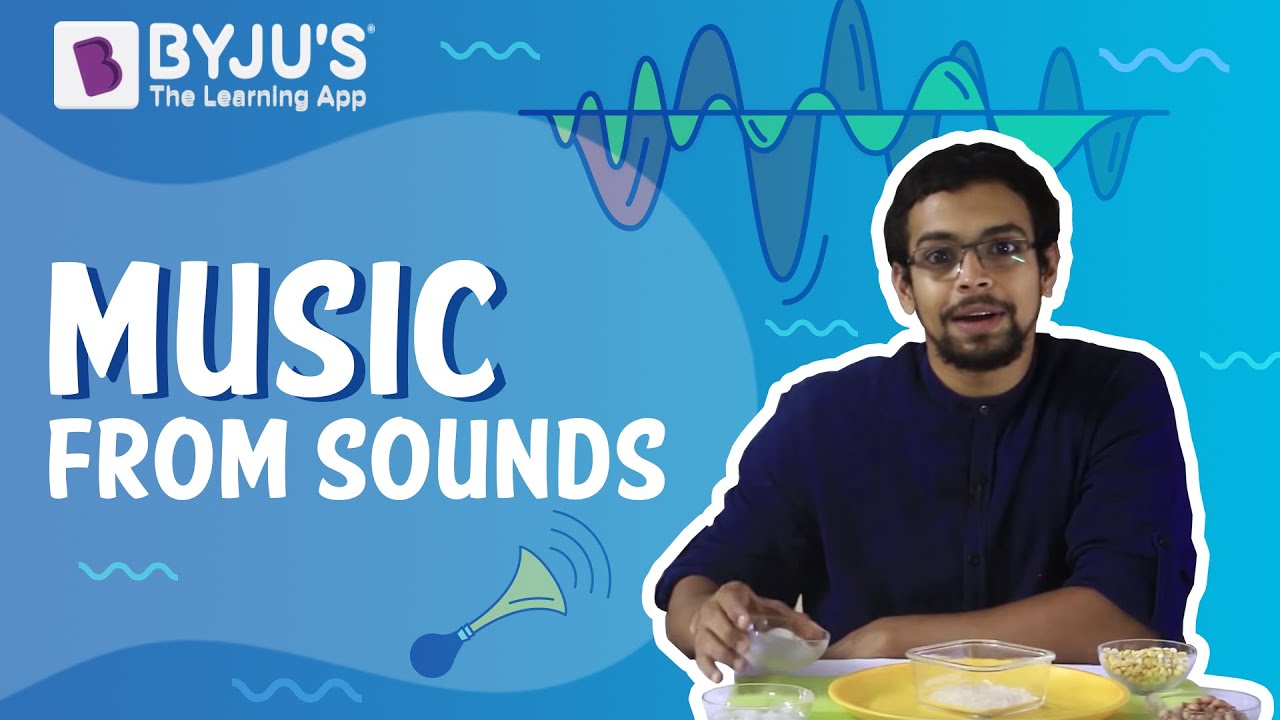
Everybody loves listening to music especially music made by musical instruments such as Guitars. Can you imagine Physics and Music ever being related? Well, now you can find out how musical instruments like a guitar can help you understand harmonic frequencies. How does doubling, tripling, and quadrupling the length of a guitar string affect the collection of harmonic frequencies at which it naturally vibrates and the speed at which waves travel within it?
What is Music?
Music is an ordered sound while noise is a disordered sound. Both music and noise are a mixture of sounds of different frequencies. The component frequencies that make sound are rational and discrete with a dominant frequency while the frequencies that make noise are random and continuous with no dominant frequency. People have been making use of sound to make music for centuries now and this led to the invention of different kinds of musical instruments.
For better understanding, click on the links provided below
There are three categories of musical instruments as follows:
- Percussion Instrument
- Stringed Instrument
- Wind Instrument
Percussion instruments produce sound when they are struck upon. Xylophone, bass drum, cymbals are a few common percussion instruments. Wind instruments produce sound when a column of air is set into vibration by blowing air into the resonator. Flutes, clarinets and saxophones are a few examples of wind instrument. The stringed instrument produces sound when the strings are either plucked or when a bow rubs across them. In the next section, let us perform an experiment to demonstrate the effect of the length of the string on the collection of harmonic frequencies.
Materials Required
- Wave driver
- Digital function generator
- Lab poles
- Wire
- 500‐g hooked mass.
- Clamps
- Pulley
Procedure
- An approximate 1.5‐meter length of steel wire is secured to a clamp on a lab pole at one end of the lab table. A 500‐g hooked mass is secured to the other end of the wire and draped over a pulley at the opposite end of the table.
- A wave machine is set up by connecting the output of a digital function generator to a wave driver.
- The wave driver is attached to the wire at a distance of 1.20 m from where the wire is attached to the lab pole. The frequency of the generator is adjusted in order to force the wire to vibrate with its second harmonic pattern. The frequency and harmonic number are recorded.
- The frequency is slowly increased until the third and the fourth harmonic standing wave patterns are established in the wire.
- The frequencies of these harmonics are recorded. Measurements are carefully repeated for the second, third and fourth harmonics for vibrating wire lengths of 0.90 m, 0.60 m, and 0.30 m from the pole.
- The data are then analyzed in order to determine the answer to the question raised in the Purpose of the lab.
Purpose of the Experiment
To determine how a doubling, tripling and quadrupling of the length of a string effects the collection of harmonic frequencies at which it naturally vibrates and the speed at which waves travel within it.
To know more about working models like the buzzer, visit BYJU’S.
Why do different objects make different sounds?



Comments